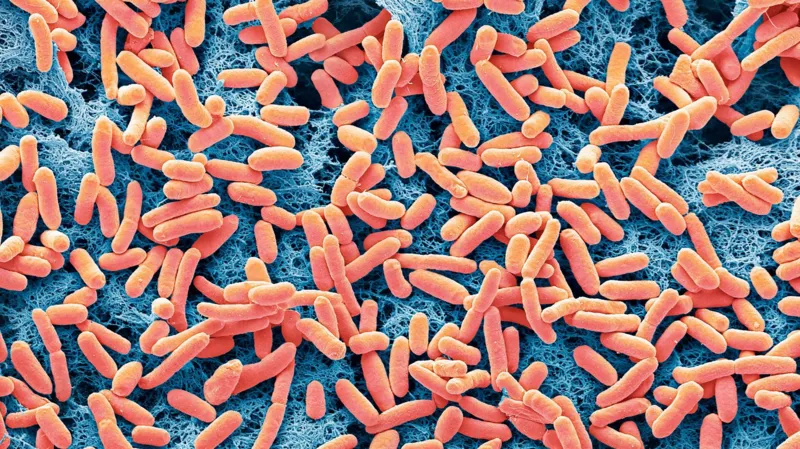The Hidden Power of E. coli in Modern Biotechnology
For more than a century, Escherichia coli has been at the center of biological research and innovation. Known by most people as a bacterium associated with food poisoning, E. coli is also one of the most important tools in biotechnology. Non-pathogenic strains have been engineered to act as living factories, producing insulin, enzymes, flavoring agents, and even essential pharmaceuticals. Its adaptability, fast growth rate, and genetic accessibility make it a natural choice for laboratories and industries. They aim to convert raw materials into valuable products. This ability has transformed how we think about recycling and medicine. It shows how biology can tackle challenges that once seemed insurmountable. Beyond the lab, large-scale fermentation systems use genetically modified E. coli to produce life-saving drugs such as insulin. This provides a sustainable and scalable alternative to animal-derived sources. Today, the bacterium is being reimagined not just as a medical producer but also as a critical ally in the fight against plastic pollution. It offers new pathways toward a circular economy.
Transforming Waste into Valuable Resources
One of the most exciting developments in synthetic biology is the engineering of E. coli to transform plastic waste into useful compounds. Plastics, which typically take hundreds of years to degrade, pose one of the greatest environmental threats of our time. By modifying E. coli, researchers have successfully enabled the bacterium to consume plastic-derived molecules and turn them into high-demand products such as paracetamol. Examples include vanilla flavoring and even fragrance precursors. This process represents a remarkable shift in how we view waste. Instead of discarding plastics into landfills or oceans, microbes can repurpose them into valuable resources. These discoveries also highlight the potential of combining biotechnology with environmental sustainability. For example, similar principles are already being applied in fields such as sustainable packaging. Biological innovations help reduce reliance on petrochemical plastics. As industries seek scalable solutions, microbial engineering could play a key role in reshaping how we handle both medical needs and global waste management.
Beyond E. coli: The Future of Industrial Microbes
While E. coli remains the workhorse of biotechnology, researchers are beginning to explore alternative organisms that might outperform it in specific applications. One promising candidate is Vibrio natriegens, a bacterium with an exceptionally fast growth rate—twice that of E. coli. Its efficiency in taking up foreign DNA has earned it attention as a potential game-changer for industrial applications. These range from green energy to advanced materials. The exploration of new microbial platforms also reflects a growing recognition that nature holds an untapped reservoir of biological solutions. Scientists are now investigating microbes found in extreme environments, such as salt marshes and landfills. They aim to identify organisms that naturally digest waste, produce energy, or synthesize unique compounds. This type of “bioprospecting” aligns with larger sustainability initiatives promoted by organizations such as National Geographic Environment and EPA Sustainability. They emphasize the importance of exploring diverse strategies to address climate and pollution challenges. As biotechnological tools advance, the field may evolve beyond E. coli into a new era of microbial innovation.
Internal Linking for Deeper Exploration
For readers interested in the intersection of biotechnology and health, resources such as the American Diabetes Association provide insights into how microbial insulin production continues to improve treatment accessibility. Similarly, platforms like ScienceDaily Biotechnology track the latest advances in synthetic biology. They offer a window into how microbes are shaping the future of medicine, food, and energy.







